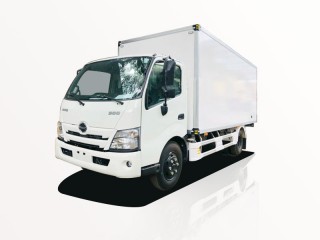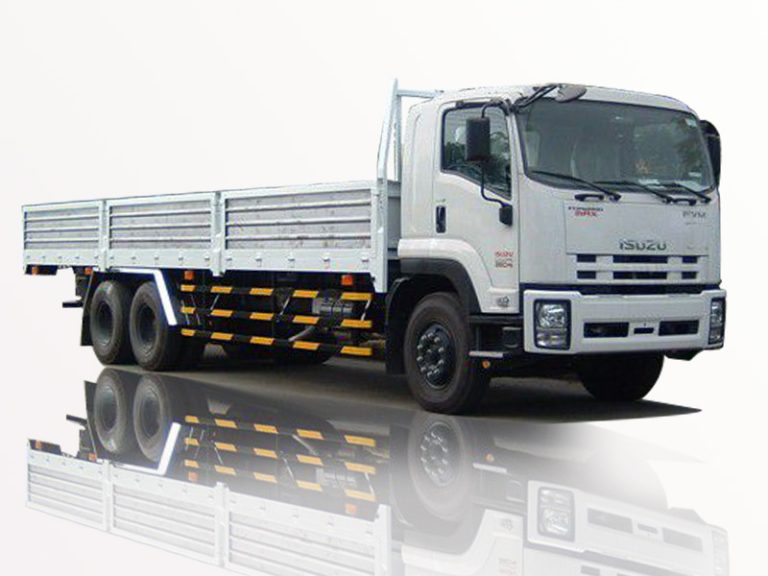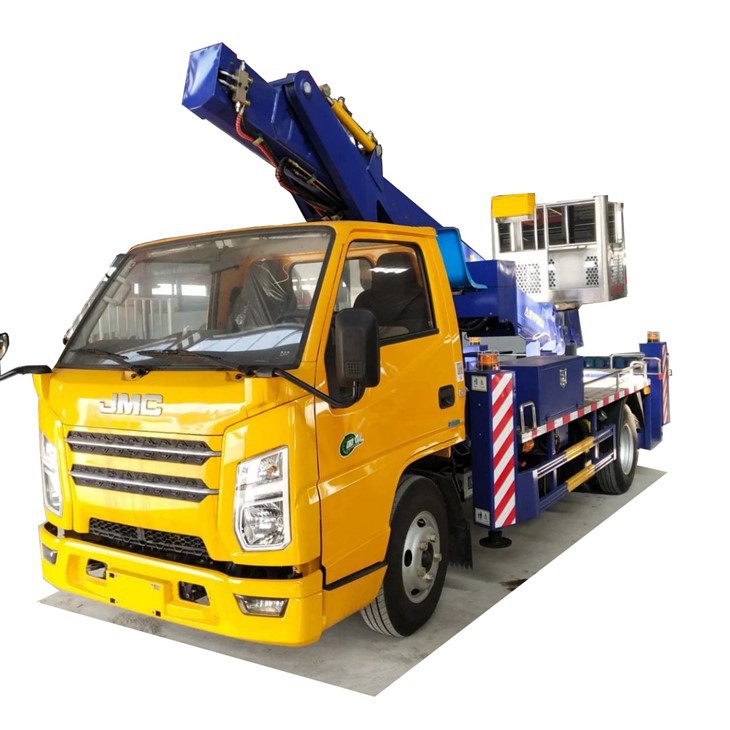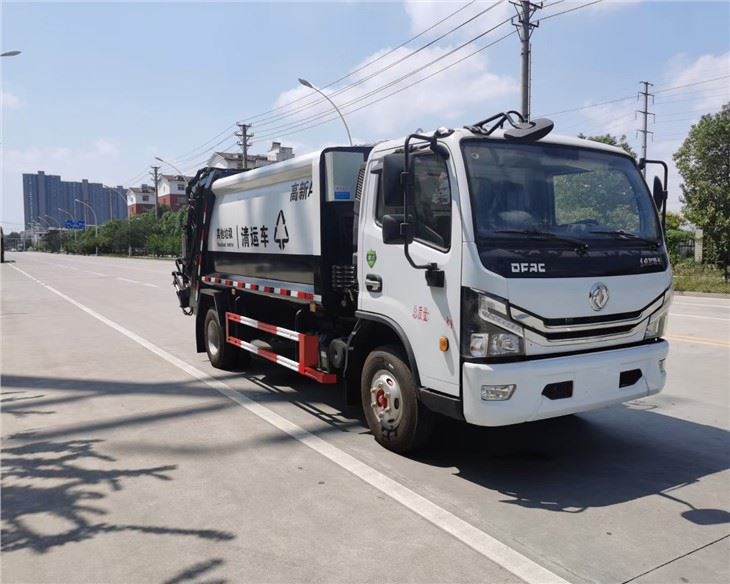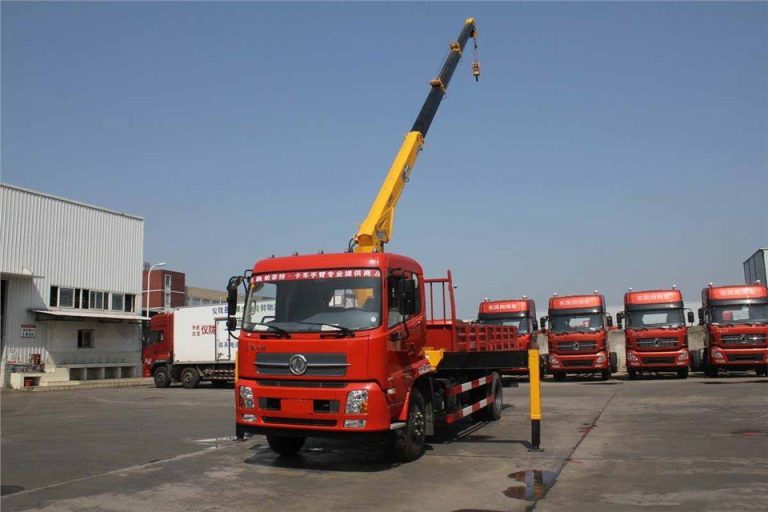Introduction
When it comes to choosing a truck, understanding the different cab styles is crucial. One popular option is the extended cab, designed for those who require more space without transitioning to a full crew cab. Extended cabs provide a blend of passenger and cargo space, making them an excellent choice for families, work, and recreational activities. In this article, we will explore what an extended cab is, how it compares with other cab styles, its advantages and disadvantages, and much more.
What is an Extended Cab?
An extended cab refers to a truck configuration that features an additional row of seats behind the front occupants. While not as spacious as a full-size crew cab, the extended cab typically provides limited seating capacity, suitable for occasional passengers or extra storage space. These cabs usually have rear-hinged doors, allowing for easier access to the back seats.
Types of Cabs in Pickup Trucks
- Regular Cab: A two-door configuration with limited seating space (usually for two or three passengers).
- Extended Cab: A two-door or four-door configuration with additional space and seating capacity (typically for four to six passengers).
- Crew Cab: A four-door configuration that offers more room for passengers and often provides full-size rear seating.
Key Features of Extended Cabs
Design and Space
Extended cabs feature a design that maximizes both passenger and cargo areas without compromising the truck’s overall size. Typically, these cabs are slightly longer than regular cabs but shorter than crew cabs. The interior is designed to accommodate two additional passengers, but these seats may not be ideal for long journeys due to limited legroom.
Seating Capacity
Most extended cabs come with two front seats and a bench or two smaller seats in the rear. Depending on the model, an extended cab can typically seat four to six passengers. The flexibility allows for occasional use by family or friends without the bulk of a full crew cab.
Access to the Rear Seats
Extended cabs usually feature rear-hinged or suicide doors, allowing easier access to the back seats. This design can be convenient, especially in parking situations where typical front-hinged doors would not provide adequate space for passengers to enter or exit.
Advantages of an Extended Cab
Versatility
One of the primary benefits of an extended cab is its versatility. It can serve as a family vehicle during the week and a work truck on weekends. For those who occasionally transport passengers but primarily need a workhorse for hauling and towing, an extended cab strikes a great balance.
Cost-Effectiveness
Extended cabs usually come at a lower price than full crew cabs while still providing valuable extra space. This can be a significant consideration for buyers on a budget who still want some additional functionality.
Improved Cargo Space
While having additional seating capacity, extended cabs allow for better cargo space than regular cabs. The rear seats can also be folded down or removed for extra storage, making them practical for transporting tools, equipment, or groceries.
Disadvantages of an Extended Cab
Limited Legroom
The primary drawback is the limited legroom in the back seats. The additional seating is often best suited for short trips rather than long journeys. Taller passengers may find the back seats uncomfortable over extended rides.
Less Space than Crew Cabs
While extended cabs provide additional seating versus regular cabs, they still fall short compared to crew cabs. If you regularly transport multiple passengers or need maximum seating, a crew cab might be a better option.
Comparing Extended Cab to Other Models
Extended Cab vs. Regular Cab
| Feature | Extended Cab | Regular Cab |
|---|---|---|
| Seating Capacity | 4 to 6 passengers | 2 to 3 passengers |
| Rear Doors | Often rear-hinged | No rear doors |
| Cargo Space | More than regular cab | Less than extended cab |
Extended Cab vs. Crew Cab
| Feature | Extended Cab | Crew Cab |
|---|---|---|
| Seating Capacity | 4 to 6 passengers | 5 to 6 passengers |
| Legroom | Less than crew cab | More space for passengers |
| Cargo Space | Moderate | Adequate |
Choosing the Right Extended Cab for You
Consider Your Needs
When considering an extended cab, think about how you plan to use it. If you need a vehicle for both passenger transport and cargo hauling, an extended cab could be a perfect fit. Conversely, if you have a large family or consistently transport others, you may want to consider a crew cab instead.
Test Drive Different Models
Before making a purchase, it’s essential to test drive various models to evaluate comfort, space, and driveability. Pay attention to how easily you can access the back seats, especially if you’ll be using them regularly.
Check for Additional Features
Many modern extended cabs come with additional features such as entertainment systems, navigation aids, and enhanced safety features. Consider what options are most relevant to your lifestyle and choose a model that fits your needs.
Extended Cab Maintenance Tips
Regular Inspections
Just like any vehicle, regular inspections are vital for your extended cab. Check the fluid levels, brakes, and tire conditions periodically to ensure everything is functioning properly.
Keep the Interior Clean
Extended cabs often have more surface area for dirt to accumulate, especially in the back seats. Regular cleaning will keep the interior looking fresh and can help maintain the truck’s resale value.
Pay Attention to the Cargo Area
Since extended cabs are often used for hauling, it’s essential to maintain your truck’s cargo area. Regularly clean the bed, check for scratches or damage, and consider using a bed liner to protect it from wear and tear.
Frequently Asked Questions (FAQ)
1. What is the difference between an extended cab and a crew cab?
An extended cab has limited rear seating space and access, usually for occasional use, while a crew cab offers more room and comfort for passengers with full-size rear seating.
2. Can you fit car seats in an extended cab?
Yes, you can fit car seats in the back of an extended cab, but it’s essential to check the space and compatibility before installing them, as legroom can be limited.
3. Are extended cabs good for families?
Extended cabs can be suitable for smaller families or those who only need occasional extra seating, but larger families may prefer crew cabs for more comfort and space.
4. What is the towing capacity of an extended cab?
The towing capacity for extended cabs varies depending on the make and model of the truck, so it’s best to consult the manufacturer’s specifications for accurate information.
5. Are extended cabs more expensive than regular cabs?
Yes, extended cabs typically cost more than regular cabs due to the additional features and seating capacity, but they often remain more affordable than crew cabs.
6. How do I choose the right extended cab for my needs?
Consider factors such as how often you’ll transport passengers, the amount of cargo space needed, budget, and desired features. Test driving different models can also help in making the right choice.
